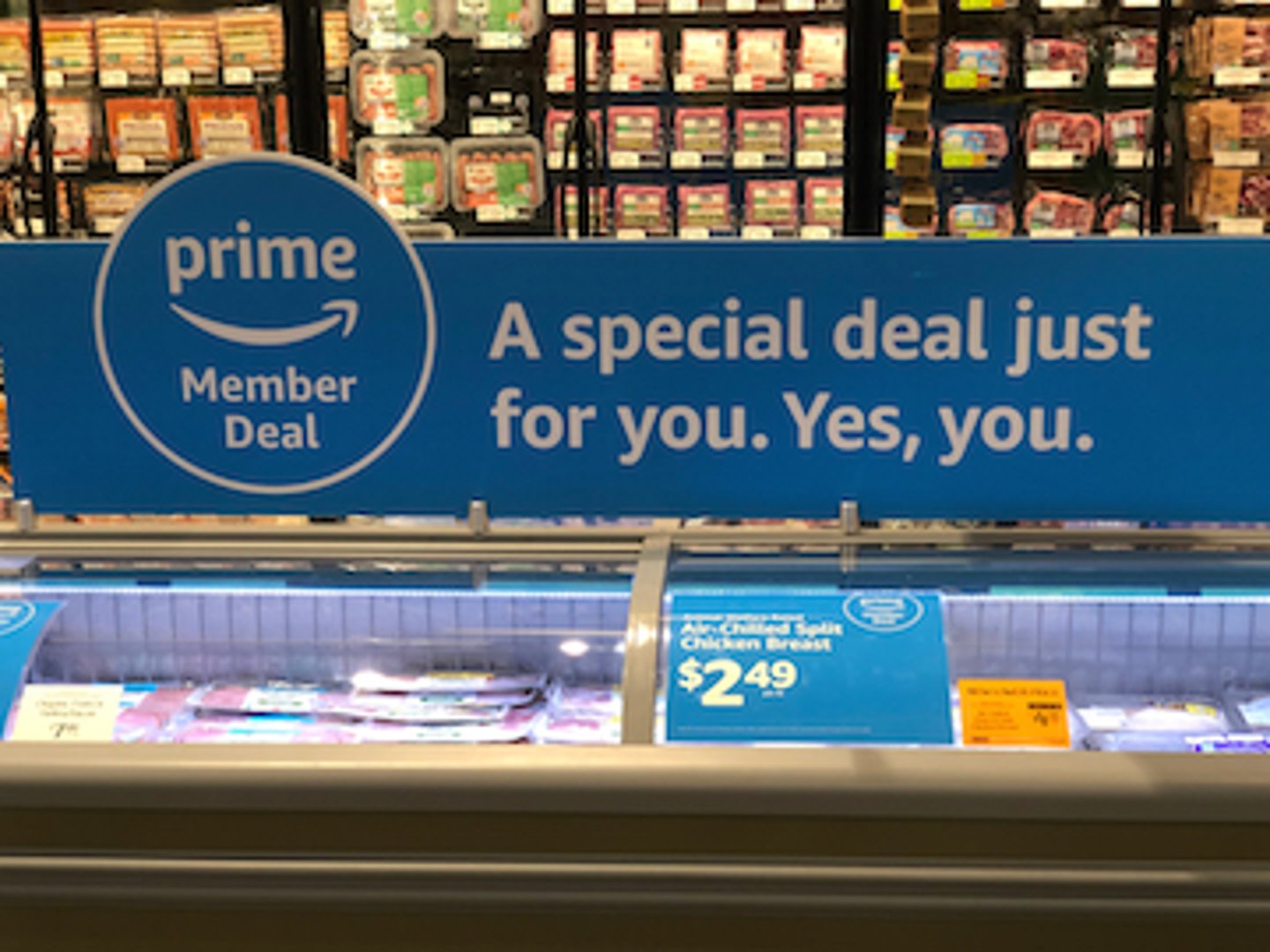Locking in loyalty
For an increasing number of grocers and other retailers, paid memberships are where it’s at when it comes to loyalty programs. Propelled by Costco’s and Amazon’s success in the field, paid membership programs are on the rise, as retailers aim to lock in customer loyalty.
Bond Brand Loyalty’s 2020 Loyalty Report found 32% of Canadians are willing to pay a fee for a paid loyalty program, up from 26% in 2018. Retailers’ objectives haven’t changed, says Scott Robinson, vice-president, loyalty consulting at Bond Brand Loyalty. “They’re still looking to capture greater share of wallet, retain customers (and) understand more about their customers.” Paid programs help them accomplish these goals, he says.
More consumers are willing to invest in paid loyalty programs if they see value in them, says Sylvain Charlebois, senior director of Dalhousie University’s Agri-Food Analytics Lab in Halifax. “I suspect grocers are starting to notice. If you want to keep your customers away from your competitors, that’s one way to do it.”
Grocers are also seeking new forms of revenue, he says. “Grocers have realized in order to make money you can’t just operate in a high-volume, low-margin environment forever. You need to generate different revenue streams.”
Bond Brand Loyalty’s Robinson says these programs have “a good think-of-me-first mechanic” that compels consumers to gravitate first to the retailer with whom they have a paid membership, thus creating a loyalty loop. “You’re married to the company a little bit more because you’ve paid a fee. You’ve got skin in the game,” agrees retail analyst Bruce Winder. “It’s actually a brilliant model because it forces loyalty and it offers a new revenue stream.”
According to a 2020 McKinsey & Company survey on loyalty programs, members of paid loyalty programs are 60% more likely to spend more on the brand after subscribing, while free loyalty programs only increase that likelihood by 30%. In addition, paid loyalty programs drive higher purchase frequency, basket size and brand affinity compared with free loyalty programs.
In 2018, Loblaw became the first of Canada’s Big Three grocers to launch a paid membership program. The PC Optimum Insiders program currently has more than 100,000 active members reflecting a healthy demand for these enhanced services, says Sean Keith, director of sales for Eagle Eye Solutions in Canada. The company’s digital marketing platform, Eagle Eye AIR, powers Loblaw’s PC free and paid loyalty programs.
For $119 a year, PC Optimum Insiders offers such benefits as free grocery pickup, 10% back in PC Optimum points on all PC and Joe Fresh branded products, a welcome box of PC products, sneak peeks of new products and more.
Amar Singh, principal analyst at consulting firm Kantar, says grocers such as Loblaw are launching paid membership programs to preserve market share from Amazon, which continues to expand its Canadian grocery footprint. Canada “is a standout for loyalty programs,” says Singh, noting that more than half of Canadians belong to the free PC Optimum program, while 40% of Canadian households are Costco members.
This certainly augurs well for paid loyalty programs that are able to provide bang for the buck, Singh says. “Canadians are happy to spend money if they see the value. If you have the right merchandising mix and you can provide inspiration and convenience, they will reward you.”
Late last year, Iowa-based grocer Hy-Vee, which has more than 240 stores in eight Midwestern U.S. states, launched its own paid loyalty program called Hy-Vee Plus. “We are always looking for ways to wow and excite our customers and Hy-Vee Plus premium membership is a prime example,” explains Dawn Buzynski, Hy-Vee’s director, strategic communications. Its purpose “is to drive brand loyalty by providing exceptional service and value to our customers.” Sign-ups for the program are trending ahead of the retailer’s projections.
Buzynski says the free standard delivery and free two-hour express pickup that are included in the US$99 annual membership program can, over the course of a year, save members who shop weekly about US$418 on delivery fees.
As competition in the paid membership field continues to increase, grocers will have to keep improving the value of their programs, according to Winder. “These players are going to be fiercely fighting for memberships,” he says.
Hy-Vee Plus, for example, gives members exclusive monthly offers. In January, registered dietitians provided a free consultation service that included a month of menu ideas. Another distinct feature is the Red Line concierge service, a dedicated phone line for members at their preferred stores. On its website, Hy-Vee touts the service with the following: “whatever you need, day or night, our Red Line team is ready to take your call or text.”
Getting these programs right requires making sure the value proposition is transparent and easy for customers to understand, says Eagle Eye’s Keith. “The idea is that you’re giving people more than just a point discount. You’re giving them time; you’re giving them value.” Retention will come down to the ability of retailers to collect member data so they can offer “hyper-personalized experiences,” Keith says. “That’s going to be the differentiator.”
This article appeared in Canadian Grocer‘s February 2021 issue.

